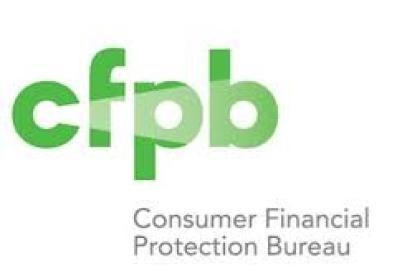On August 4, 2017, the Consumer Financial Protection Bureau released four prototype disclosures for the overdraft opt-in required under Regulation E that it is currently testing. The Bureau is considering the prototypes as replacements for the Model Form A-9 opt-in disclosure, which was adopted when the Regulation E overdraft rule was promulgated by the Federal Reserve Board in 2010. The overdraft rule requires financial institutions to obtain consumer consent to assess fees or charges for overdraft services in connection with one-time debit card and ATM transactions. The opt-in requirement does not apply to overdraft fees imposed on check, ACH, or recurring debit card transactions.
The prototypes are more tabular in presentation than the current model form and emphasize that consumers are being presented with two choices: (a) “keep” the bank’s default overdraft protection for check, ACH, and recurring debit card transactions; or (b) “switch to” overdraft protection for all transactions, including one-time debit card and ATM transactions. The prototypes also go further than the model form in highlighting the cost of overdraft fees, but neither the current model form nor the prototypes discuss the benefits from having overdraft protection or any potential costs of not having such protection available. For instance, one of the prototypes includes an “example” of an overdraft scenario emphasizing the cost of overdraft fees, but there is no discussion of the potentially significant consequences of a declined transaction. In addition, three of the prototypes include a check box in the tear-off form for electing to keep the default option, which could raise questions about whether a consumer’s failure to check the “keep” or default option might be construed as a consumer opting-out of overdrafts for check, ACH, and recurring debit transactions.
In a related blog post, the Bureau requested feedback on the prototypes, which would presumably be required to go through notice-and-comment rulemaking before being finalized. To comment on the prototypes, non-confidential comments can be submitted to Cfpb_overdraft_forms@cfpb.gov.
Contemporaneous with the release of the overdraft prototypes the Bureau published a new study on overdrafts (based on a review of 2010–2012 data representative of 40 million accounts). The CFPB’s study focuses on frequent overdrafters—which the Bureau defines as consumers who attempt to overdraw their accounts by any method of payment more than ten times in a twelve-month period—emphasizing the costs associated with overdrafts. Among the study’s findings are that only 9% of accounts have frequent overdrafts. Those accounts, however, are the source of 79% of overdraft fees. The study, which follows a 2013 CFPB study of overdraft programs and a 2014 CFPB report on checking account overdraft programs, also found that frequent overdrafters typically had low or no credit scores, with the median score being less than 600 and with 20% of frequent overdrafters lacking credit scores entirely. The study acknowledges that overdrafters “frequently” face barriers in accessing credit but does not explore the burdens such consumers might experience in their finances without access to overdraft services as well.




 />i
/>i

